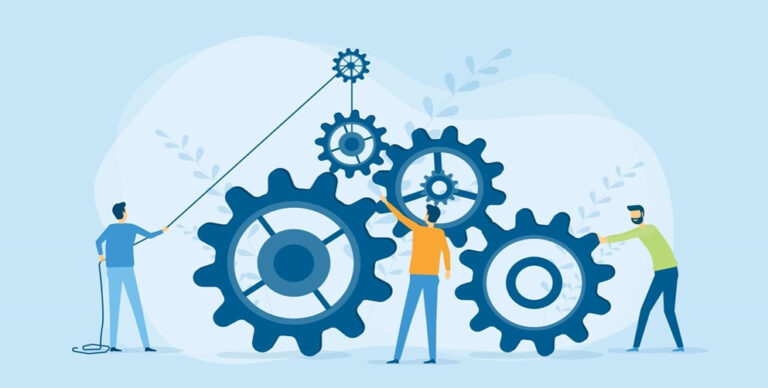

“Process Mining provides a data-driven view into how your business runs today and, more importantly, how your business can be optimized to run tomorrow. It should be a prerequisite for any business transformation program as it quickly pinpoints process areas that will improve your customer experience, operations, and margins.”
-TOM MADSEN, COO, REVIVE

Process mining is a method of analyzing complex systems to understand business-critical problems and find solutions to them. Process Mining is a visualized, data-based view of a process. It displays the current state of the actual process, uses real-time data and incident logs to identify bottlenecks, reduce unnecessary steps, and present factual findings. Process Mining delivers insights into the business’s processes, operations, and workflows. This is particularly useful for digital transformation, for example, the ability to look at change management, business change management, or the execution of customer-facing processes to understand where they’re breaking down and what changes are necessary.
We’ve listed out a few examples below
In a world where business efficiency relies on rapid, reactive decision-making, only simulation and modeling are key to unlocking real, continuous improvements. Process Mining uses clearly defined parameters such as fall load, execution time, unused resources, and process flow, and can only be used through simulation to create hypothetical models that show the true 360-degree effects of even the smallest decisions.
Some of the key business drivers include:
Business Optimization:
Increased Customer Satisfaction:
Quality is important:
Process Governance
Companies can extract log data from their information systems – combined with data mining and process analysis – to better understand the performance of their processes and identify bottlenecks and other improvement opportunities.
It’s fast, more efficient, and more accurate than the time-consuming, subjective process mapping workshops. It is useful in identifying areas of improvement in the process and presenting facts based on your business data. When performed over a longer time period, process mining can help forecast issues and create a business plan for improvements.
Process Mining gives you the ability to assess and visualize all the points of contact between the customer and the organization. As a result, you get a clearer understanding of the current state of your processes and how this affects the customer experience.
It can identify common errors and errors that may occur during the process. It can also identify issues in the process that might need human intervention. The main goal is to identify both short-term and long-term errors to improve the process. Process Mining solutions can be used to increase efficiency by identifying the way the process is run. Process Mining solutions can also detect steps that are not needed in the process.
Businesses have discovered that continuous improvement can be achieved by monitoring the work being done, using process improvement initiatives, and correlating workload data across the business. It also allows businesses to make process improvements to ensure the current performance of their processes is efficient.
With process mining, you can improve the processes without making changes to the system architecture. This significantly reduces the risk of changing architecture for continuous improvement. Organizations can watch KPIs, observe how the optimization efforts are affecting process performance, adjust the plan in response to external changes, and stay on track while improving their business.
Process mining is a natural extension of your data collection and analytics process. As of today, companies collect a lot of data on the customer journey and experience, information on products, and numerous KPIs. In earlier times, you could not extract true data on the processes that drive the performance of your business. Now you have that capability. This is crucial in today’s times as companies are shifting their interactions to the digital sphere. The basic working principle of process mining is to garner knowledge from the event records that you see in modern-day’s information systems to help visualize the business process and its various changes whilst execution.
Process mining is the perfect way to visualize and analyze the actual execution of business processes with logged process data from operational and transactional systems. The rise of social media, sensor data, Internet of Things (IoT) technologies and RFID has led to more event data being available suited for analysis using process mining software.
Copyright © 2025 By Re-vive. All rights reserved.